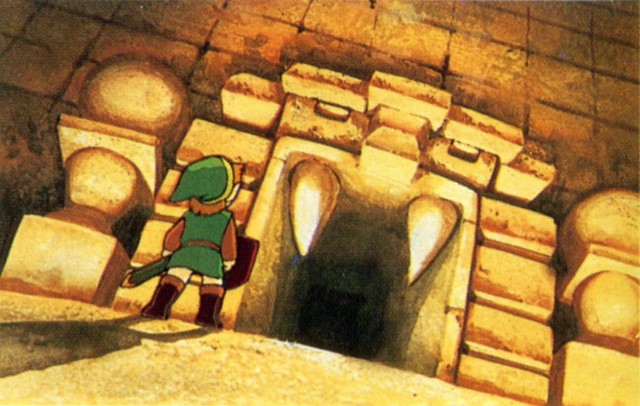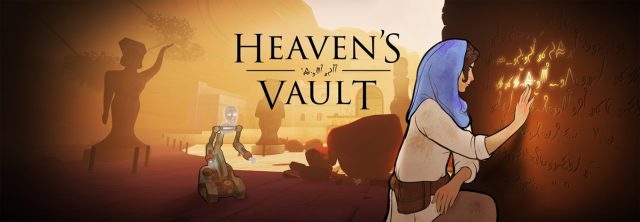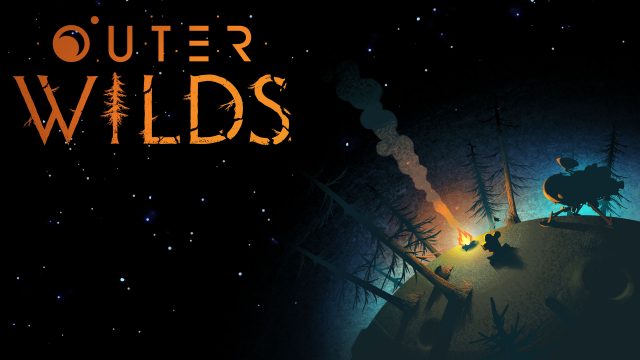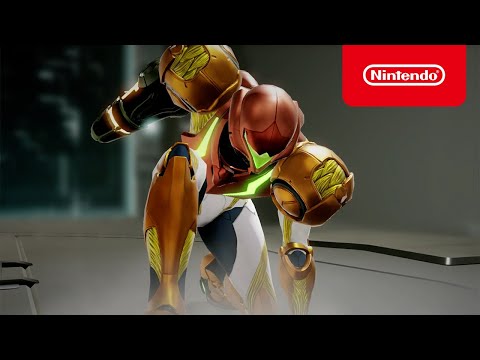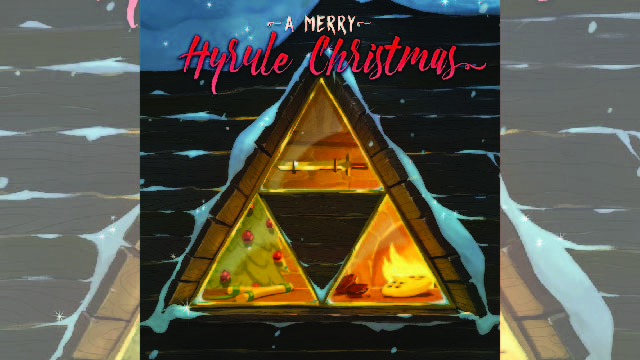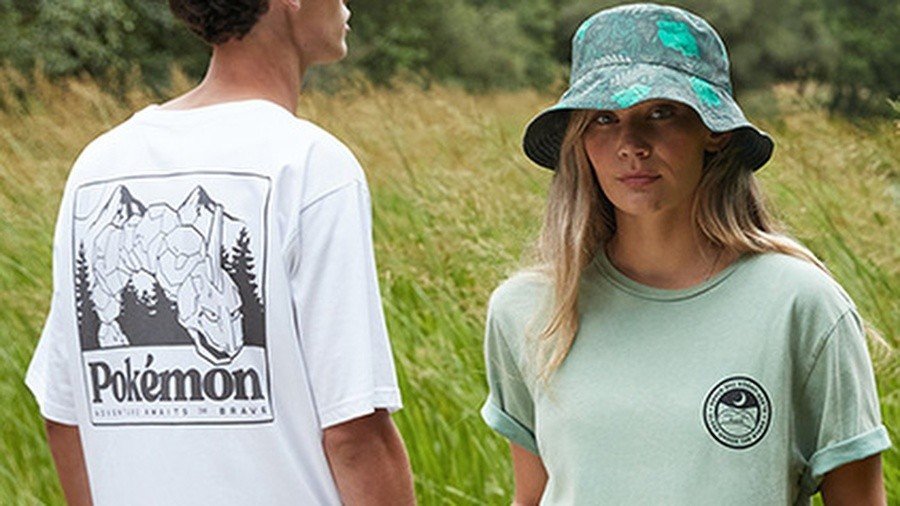Gone Home, Assassin’s Creed Odyssey, The Legend of Zelda: Breath of the Wild, Sid Meier’s Civilization…what do they all have in common? They have all been influenced by archaeology. Archaeology, simply put, is the study of past human activity by analyzing material culture (also known as artifacts or belongings) and the context it comes from. Archaeology plays a huge hand in our knowledge of the past and adds to our understanding of history beyond the written and oral record. Games set in the past are made partially thanks to archaeology, whether they are accurate or not.
Games set in historical times are nothing new and have been around for decades. Recently, there has been a growing interest in the historical accuracy of games. YouTube channels like Overly Sarcastic Productions, Gamology, Shadiversity, and History Buffs deconstruct the historical accuracy of movies, television, and video games. Whether a game is set in a vague historical era or a specific moment in time, the developers used texts and other resources created thanks to the work of historians and archaeologists to inspire their game. The Assassin’s Creed series is famous for its (relative) high level of historical accuracy. In particular, the Discovery Tours, free DLC that let players tour Ancient Egypt and Ancient Greece, were made in collaboration with historians and archaeologists. Even historically set games that don’t intend to be accurate were still influenced by history. Ōkami is heavily inspired by Japanese and Ainu myth and folklore is also set in classical Japan, which shaped the music, character designs, overall art style, and plot.
Even fantasy settings are often created thanks to archaeology. The Legend of Zelda series has for the most part been shaped by historic European culture. Breath of the Wild took a surprising turn and took inspiration from Japanese prehistoric times. The ancient technology across Hyrule shares much resemblance to Dogū, clay humanoid and animal-like figurines, and other artifacts from the Jomōn period of Japan, two to over ten thousand years ago.
Along with historically set games or using the past to inspire design, games can also use ruins as a setting or as set pieces. Breath of the Wild also does this with the inclusion of ruins across the game landscape. Other examples of series that include ruins are Tomb Raider, The Last of Us, The Elder Scrolls, Fallout, Assassin’s Creed, and Outer Wilds. Video game ruins can be in fantasy worlds, dystopian futures, outer space, modern eras, or the past. Ruins can add to world building, be an extra detail in environmental storytelling, or create unique environments or dungeons for players to explore. Ruins require the player to use inductive or deductive reasoning to put together clues and discover what happened. Inductive and deductive reasoning are also archaeological skills that help archeologists uncover the past. “Ruins” don’t even need to be that old. Games like Gone Home also use investigative archaeological skills, except rather than trying to determine the lives of people in the ancient past, the player is trying to uncover the lives of the family members by analyzing their belongings left in their home.
Another way developers take influence from archaeology to make games is when they use archeology as a setting. This is less common, but one of the most famous examples is Lara Croft from Tomb Raider. Arguably most people know Lara Croft is even less of an archaeologist than Indiana Jones, but her popularity goes to show that the public and gamers are still aware of and interested in archaeology, at least superficially. When the series was rebooted, Lara Croft was turned from treasure hunter into archaeologist, which brought in changes to gameplay, but very few act as any sort of representation of real archaeology. Indie games have had more success at demonstrating archaeological skills to the public. Heaven’s Vault lets players explore ancient ruins in space. You attempt to decode the ancient language and discover what happened to the civilization (read a real archaeologist’s take on the game). Another game, and a favorite of mine, Outer Wilds also has you play as an archaeologist exploring space. Except here you are also trying to prevent the destruction of the solar system in a time puzzle similar to The Legend of Zelda: Majora’s Mask.
How do these games shape gamers and the public’s perspective on these issues? The use of “historical accuracy” in video games may have unintended consequences. Ostensibly, historical accuracy and historical settings is fun and educational. I’ve learned more about the history of various cultures thanks to video games. The learning was also more memorable than a text or documentary because I was an active participant who interacted with the medium and information rather than passively reading book or watching a film. However, the chunk where I learned the most factual information was through research after playing the games. The games inspired my interest in the content, sent me out investigating, and then brought me back with a new understanding and appreciation. Unfortunately, not everyone will take the time to put in that extra effort. If games are advertised as historically accurate, yet combine both real data with creative liberties, uninformed players will not know how to isolate the fantastical from the historical and leave the game with an overall fictitious understanding of the past. Conversely, a player approaching a game with the expectation that the majority of the content is fictional, will likely miss out on some great historical details.
So, what recommendations do I have for you, a gamer who is also interested in history and archaeology? First and most obvious, never take historically set games at face value. Video games are always games first, and educational tools somewhere farther down. But that doesn’t mean we can’t let a game inspire curiosity about something and then take our time to do our own research from credible sources. There are games out there that put in the effort to be accurate in certain aspects and it’s worth appreciating that. Second, when it comes to ruins in games, take the time to investigate your surroundings. Using induction and deduction is a step in the direction of thinking like an archaeologist. Third, try out Heaven’s Vault and Outer Wilds, both now available on Switch. And finally, check out the link right here for my upcoming talk at the Archaeology Roadshow which is free over Zoom for more analysis on video games and archaeology. I am not the first to synthesize these topics and I won’t be the last!
Did you find this interesting? Then consider checking out…
Archaeogaming blog, The Geek Anthropologist blog, and the Atari: Game Over documentary on the exhuming of the infamous Atari landfill site.
The post Archaeology’s Influence On Video Games—Part 1 appeared first on Nintendojo.
